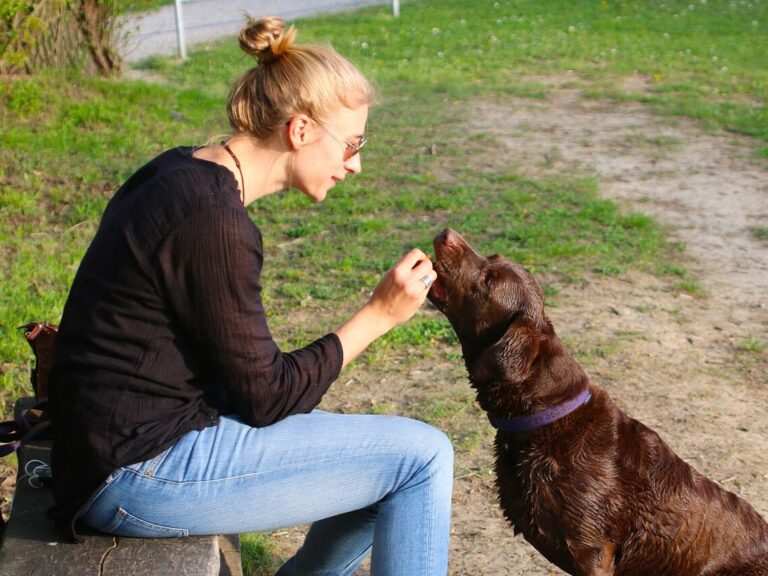Busting Myths and Revealing Truths about Separation Anxiety In Dogs

Dogs getting stressed when left alone is a tricky issue. With so much advice out there, it’s hard to know what’s true. Let’s break down some common beliefs about separation anxiety and let out what really helps. Here’s the scoop on helping your dogs feel better when you’re not around.
Myth: Getting Another Dog Fixes Separation Anxiety
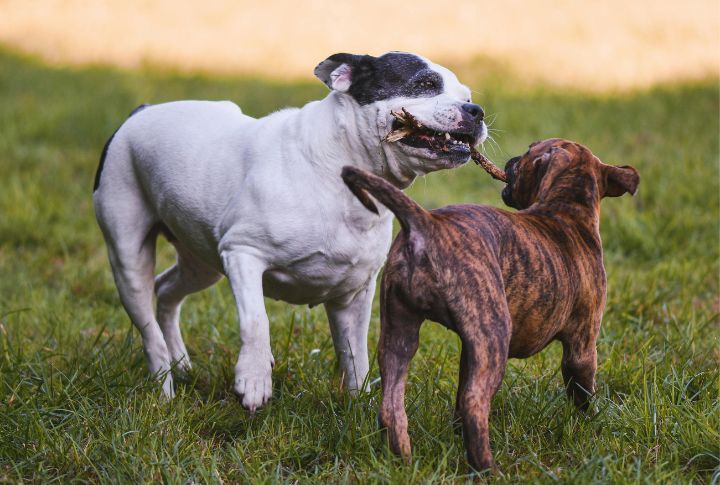
Think a canine buddy will cure your dog’s alone-time blues? Not so fast. While some dogs feel better with a pal, others still get upset without their humans around. It’s not just about being alone; it’s about missing you. Before adding to your pack, try a doggy playdate or fostering to see if it helps.
Reality: Crates Can Help (Sometimes)
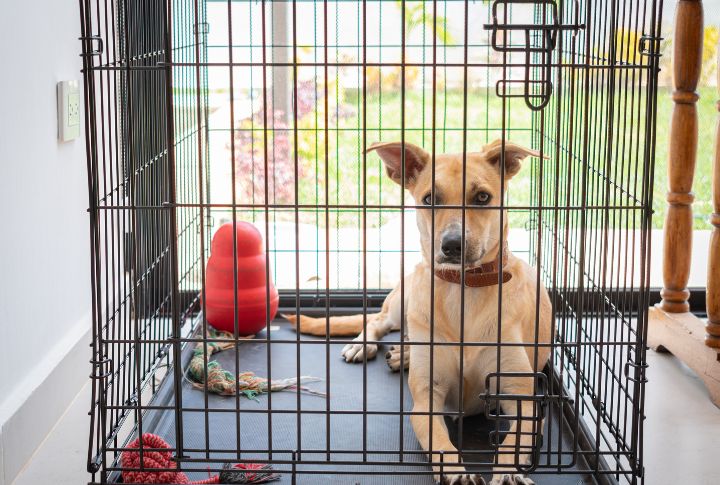
Crates aren’t all good or all bad for anxious dogs. Some pups feel safer in a cozy den, while others panic when they are left alone for too long. It really depends on your dog. If your doggie already likes their crate, it might be a comfort. If not, skip it. Providing your dog with a comfortable space while you’re away will help your dog a lot.
Myth: All Clingy Dogs Have Separation Anxiety
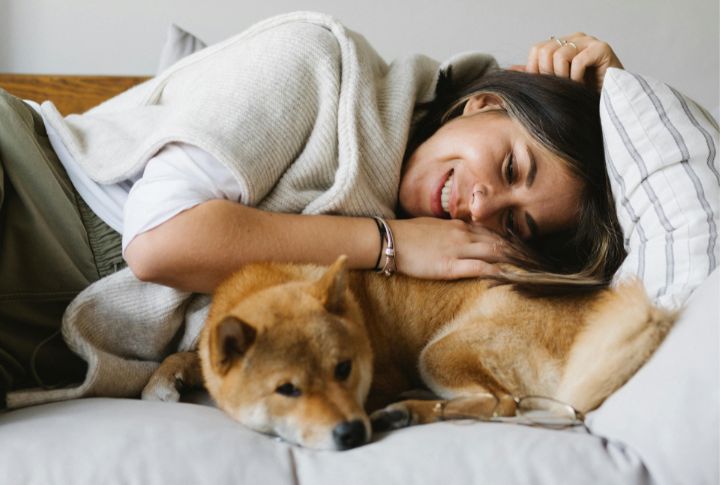
Just because your dog follows you everywhere doesn’t mean they’ll freak out when you leave. On the flip side, some independent pups still get stressed when alone. Don’t assume based on how your dog acts when you’re home. Look for signs of distress when you’re gone, like barking, chewing, or accidents.
Reality: Anxious Dogs Can Still Eat When You’re Away
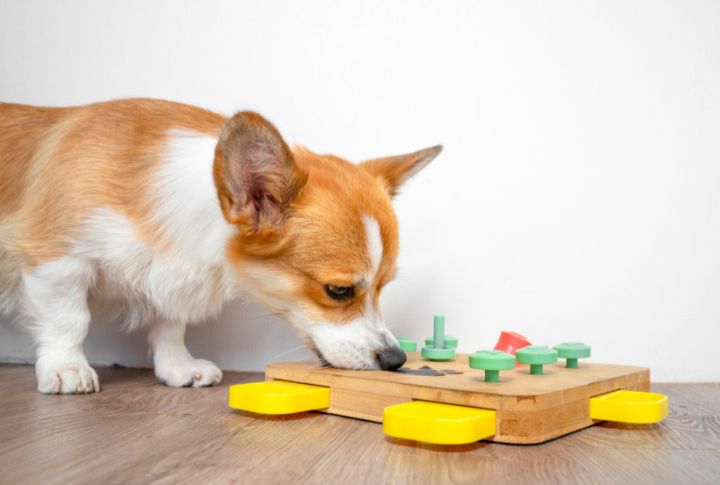
Surprised? Chewing actually helps dogs relieve stress, so food puzzles might be a big help. Try leaving a trail of yummy treats leading to a stuffed toy. If your dog’s too wound up to sit and chew, use toys they can bat around instead. It gives them something to focus on besides missing you.
Myth: Letting Your Dog Sleep in Your Bed Causes Separation Anxiety

Good news: sharing your bed won’t make your dog more anxious when you’re gone. But if your pup’s already struggling, constant nighttime snuggles might not help them learn to be okay alone. Try moving their bed next to yours, then slowly increasing the distance over time. Baby steps!
Reality: Exercise Helps, But It’s Not a Cure-All

A tired dog is often calmer, but don’t count on exercise alone to fix separation anxiety. Regular walks and playtime are great for overall health and can help reduce stress. But combine it with training for the best results. A well-exercised, mentally stimulated dog will be better equipped to handle alone time.
Myth: Ignoring Your Dog at Home Helps

Some folks think giving their dog the cold shoulder will make leaving easier. But suddenly acting differently can actually stress your dog out more. Instead, keep things calm and steady. Don’t make a big fuss when coming or going, but don’t completely ignore them either. Consistency is key.
Reality: Destruction Doesn’t Always Mean Separation Anxiety
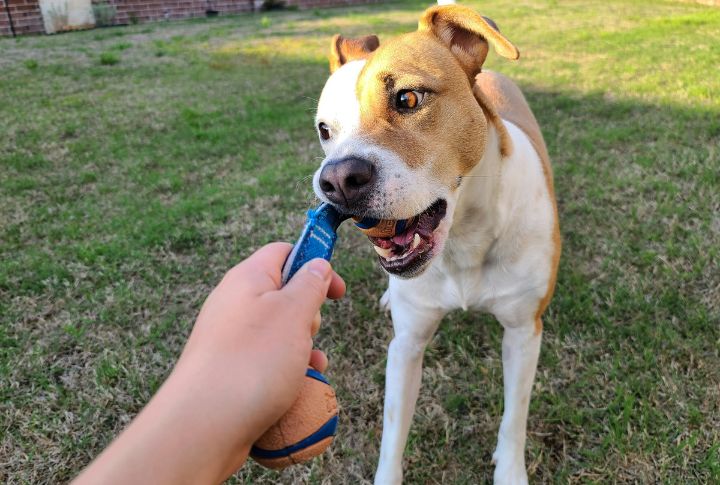
Just because you catch your dog chewing on shoes in pieces doesn’t automatically mean they are suffering from separation anxiety. Dogs chew for many reasons, such as boredom, teething, or curiosity. Look for other signs like drooling or distress when you leave. If the destruction only happens when you’re gone and comes with other symptoms, then it might be anxiety-related.
Myth: Puppies Will Grow Out of Separation Anxiety

Don’t wait, and hope your pup will magically get over being anxious when alone. Without help, it often gets worse as they grow up. Start working on it early for the best chance of success. Even adult dogs can develop separation anxiety, so be ready to tackle it at any age.
Reality: There’s No Quick Fix
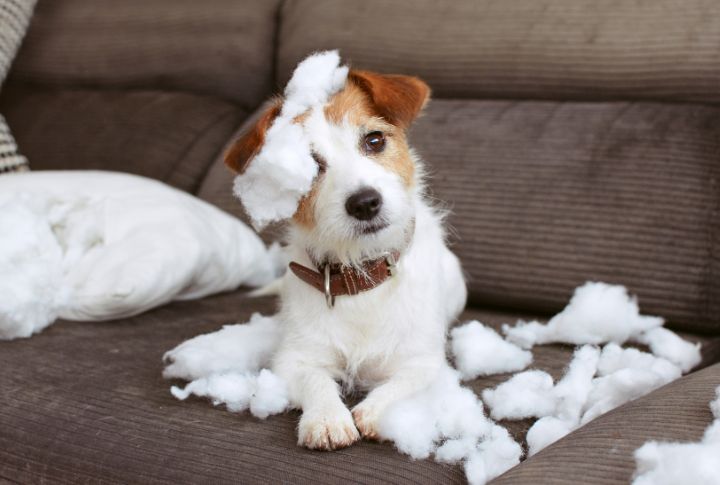
Sorry, but there’s no magic wand for separation anxiety. It takes time, patience, and sometimes professional help. Don’t fall for products promising overnight miracles. Focus on gradual training, positive reinforcement, and creating a comfy environment for your anxious pup. Slow and steady wins this race.
Myth: Punishment Will Stop Anxious Behaviors
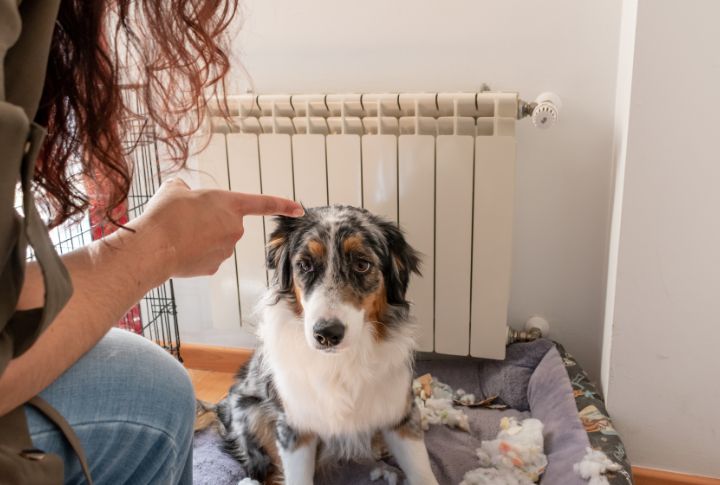
Scolding your dog for freaking out when you’re gone won’t help; it’ll probably make things worse. They’re not being “bad,” they’re genuinely scared. Punishment will only increase their fear and stress you both out. Instead, focus on rewarding calm behavior and making alone time feel positive.
Reality: “Crying It Out” Doesn’t Work

Leaving your dog to “tough it out” won’t teach them to be okay alone. It’s likely to make their anxiety worse and convince them that being alone really is scary. Start with super short absences, even just a few seconds, and build up slowly. Always stay under your dog’s stress threshold.
Myth: One Solution Fits All Dogs

Every dog is different, and what works for one might not for another. Be ready to switch things up based on how your dog reacts. While some pups like calming music, others prefer quiet. Some feel better with your T-shirt nearby, others couldn’t care less. Pay attention to what helps your individual dog feel most comfortable.
Reality: Progress Can Have Setbacks
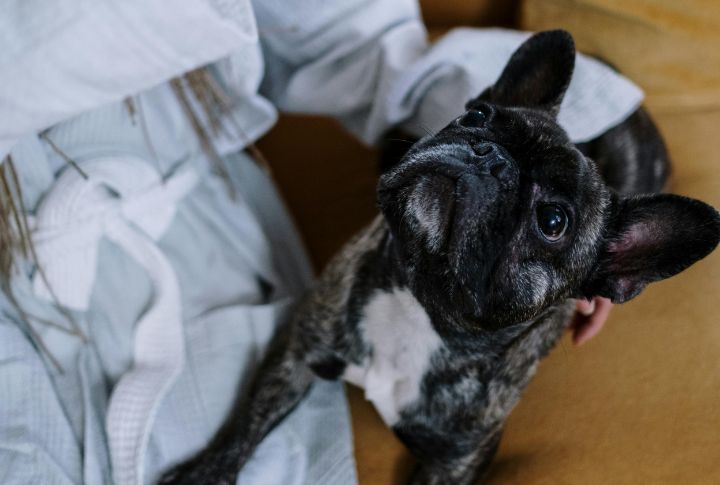
Even after your dog seems over their separation anxiety, it can sometimes pop up again. Big changes like moving or a new schedule might trigger old fears. Don’t panic! Stay watchful and be ready to refresh your training if needed. The good news is that dogs who’ve beaten it once often bounce back faster if issues come up again.
Myth: Some Dogs Are Hopeless Cases
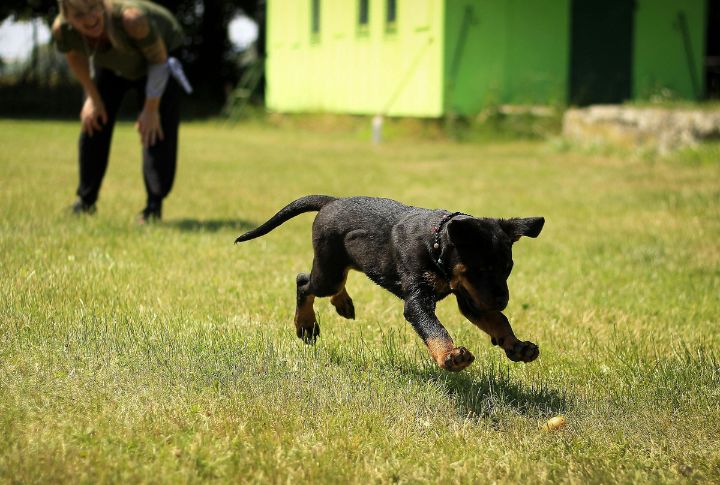
Don’t give up hope if your dog is really struggling with being alone. With patience, the right approach, and sometimes help from a pro, many dogs can get better. It’s an arduous journey, but seeing your pup finally relax when you leave makes it all worth it. Remember, you’re not alone in this; reach out for help if needed.





